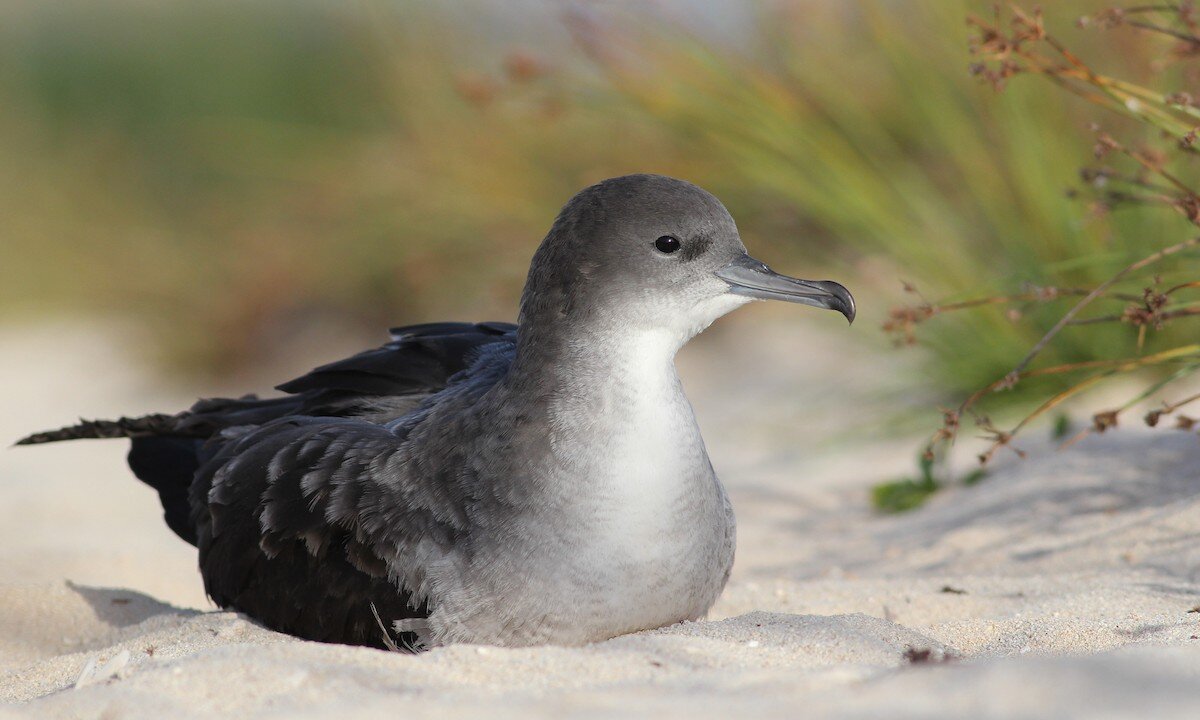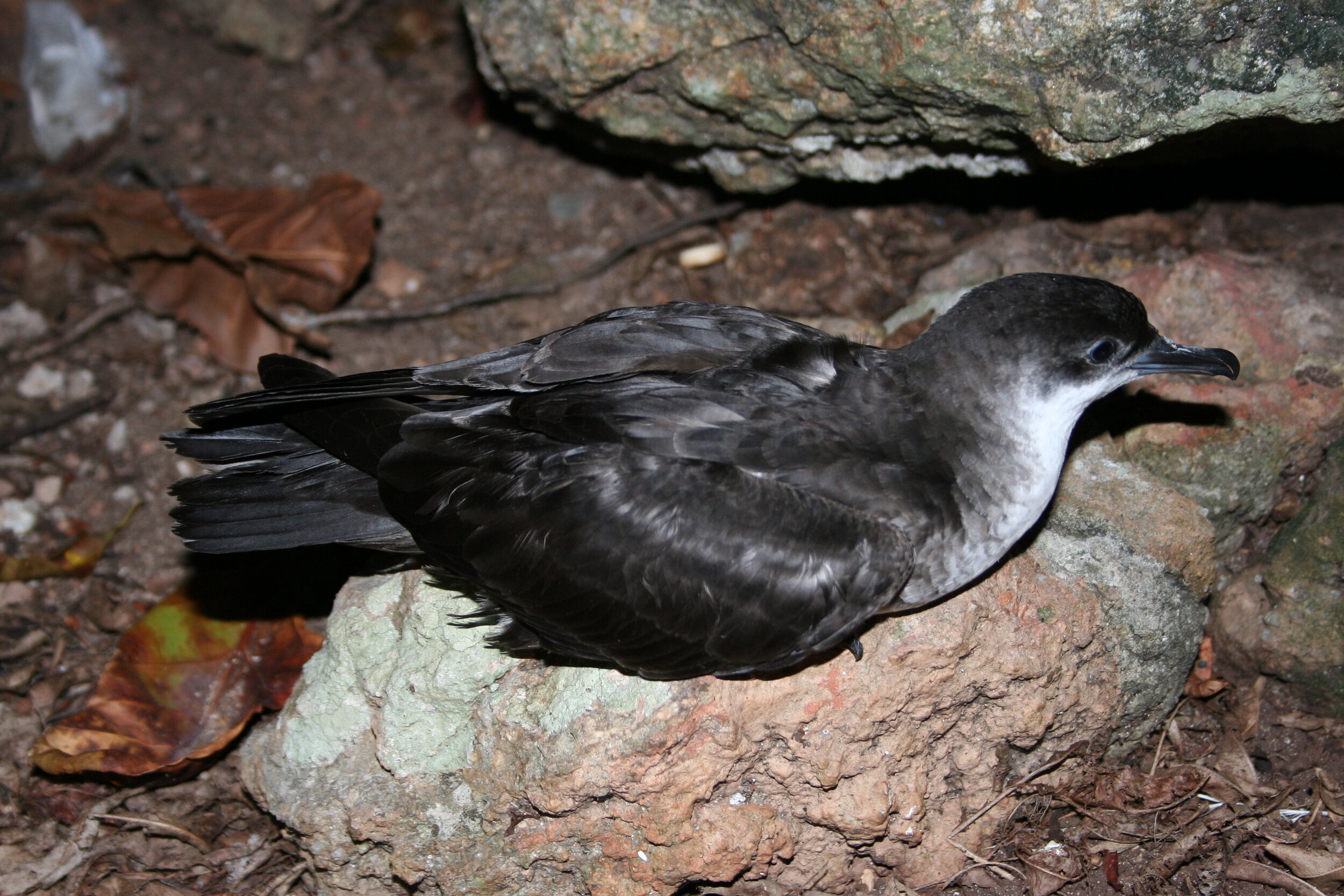Soyez témoin de la beauté rare des oiseaux qui se préparent à la saison de reproduction sur l'île de Cousine
En septembre, le ciel et la cime des arbres de l'île de Cousine s'animent d'un spectacle impressionnant d'activités ornithologiques. Cette période de l'année marque le début de la saison de reproduction de plusieurs espèces d'oiseaux, toutes plus magnifiques les unes que les autres.
Pour les ornithologues et les amoureux de la nature, c'est une occasion rare d'assister à une partie intime de la nature, alors que les résidents aviaires de l'île se livrent à des parades nuptiales, construisent leurs nids et se préparent pour la prochaine génération. Des sternes fées fantomatiques aux majestueux phaétons à queue blanche, le mois de septembre offre un aperçu de la vie privée de ces magnifiques oiseaux, faisant de l'île de Cousine un paradis pour ceux qui recherchent des rencontres rares et inoubliables avec la faune et la flore.
Le saviez-vous ?
La plupart des espèces d'oiseaux de l'île Cousine nichent sur des branches basses ou au sol. Cela rend leurs œufs et leurs oisillons (comme cette sterne fée duveteuse) particulièrement vulnérables aux rats et aux chats. L'élimination de ces prédateurs envahissants est la première étape de la conservation de l'île.
La fée fantôme Sterne
Une vision en blanc
Avec son plumage d'un blanc immaculé et son vol délicat et gracieux, la Sterne caugek semble venir d'un autre monde lorsqu'elle plane dans le ciel de l'île Cousine. Connue pour son apparence fantomatique, la sterne fée est un spectacle rare et élégant. Alors que la saison de reproduction bat son plein en septembre, on peut voir ces oiseaux enchanteurs se livrer à des parades nuptiales époustouflantes, au cours desquelles ils dansent dans les airs, renforçant ainsi les liens qui les unissent à leur partenaire pour la vie.
Ce qui rend la sterne fée vraiment unique, c'est son mode de nidification. Plutôt que de construire un nid traditionnel, elle pond un seul œuf directement sur les branches des arbres. Observer ces œufs fragiles en équilibre délicat sur les branches ouvertes et voir les poussins s'accrocher à l'arbre dès leur naissance est un privilège rare. Ce sont des moments comme ceux-ci qui font du mois de septembre une période vraiment magique pour visiter l'île Cousine.
Les sternes fées s'accouplent pour la vie, produisant un seul œuf par saison de reproduction.
Le majestueux carouge à queue blanche
Élégance aérienne
Avec ses longues plumes de la queue et son plumage blanc comme neige, le Phaéton à queue blanche est un spectacle à voir. Ces oiseaux sont connus pour leurs étonnantes parades aériennes, en particulier pendant la saison de reproduction. Les observer faire des loopings et s'élever dans le ciel lors de leur parade nuptiale est l'un des moments forts du mois de septembre.
Ces oiseaux choisissent des crevasses rocheuses isolées pour nicher, ce qui les rend insaisissables mais d'autant plus fascinants à observer. Avec les longues plumes de sa queue qui traînent derrière lui, le Phaéton à queue blanche semble royal lorsqu'il navigue sur les falaises de l'île. L'observation de ces gracieux oiseaux en action, en particulier au plus fort de leur saison de reproduction, offre un rare contact avec la beauté naturelle qui caractérise l'île de Cousine.
On peut voir de près le carouge à queue blanche qui niche sur l'île de Cousine.
Le mystérieux puffin à queue cunéiforme
Sérénades nocturnes
Alors que de nombreux oiseaux occupent le ciel pendant la journée, le puffin à queue cunéiforme domine les nuits de l'île Cousine. Connus pour leurs cris obsédants qui résonnent dans toute l'île au crépuscule, ces oiseaux nocturnes reviennent chaque année en septembre pour se reproduire dans les terriers situés le long des côtes sablonneuses de l'île. Leurs cris sinistres, souvent décrits comme pleureurs, créent une atmosphère mystérieuse et envoûtante, remplissant l'air nocturne des sons de la nature.
Les puffins sont les maîtres du ciel nocturne, glissant sans effort sous la couverture de l'obscurité. Avec leurs terriers bien cachés le long des côtes, leur comportement de nidification est un événement rare et captivant dont il faut être témoin. Alors que la saison de reproduction bat son plein en septembre, les visiteurs peuvent découvrir cette espèce unique pendant qu'elle s'occupe de ses petits et qu'elle chante la sérénade sur l'île sous les étoiles.
La charmante fauvette des Seychelles
Une réussite en matière de conservation
Autrefois au bord de l'extinction, la fauvette des Seychelles prospère aujourd'hui grâce à des efforts de conservation soutenus. Ce petit oiseau vert olive s'est remarquablement rétabli et on peut désormais l'observer dans toute la végétation de l'île Cousine, en particulier pendant la saison de reproduction en septembre. Leurs chants mélodieux et leur énergie vibrante apportent un sentiment de joie et de renouveau à l'île, alors que ces fauvettes continuent de prospérer.
Les rituels de nidification de la fauvette sont un témoignage de la résilience de la nature. Vous entendrez leurs chants résonner dans toute l'île alors qu'elles construisent des nids complexes pour protéger leurs petits. La fauvette des Seychelles représente le pouvoir de la conservation, et les voir prospérer sur l'île Cousine rappelle l'engagement permanent de l'île en faveur de la préservation de sa biodiversité unique.
Fauvette des Seychelles Île Cousin (île voisine de Cousine)
La conservation est au cœur de l'île Cousine
Septembre n'est pas seulement un mois de renouveau pour les oiseaux de l'île, mais aussi une période cruciale pour les efforts de conservation. L'équipe de l'île Cousine travaille sans relâche pour s'assurer que les habitats de reproduction restent protégés et non perturbés. Qu'il s'agisse de la sauvegarde des nids ou de la gestion des écosystèmes délicats de l'île, nos efforts de conservation permettent à ces espèces d'oiseaux rares de prospérer. Les visiteurs sont invités à participer à des écotours et à des activités de conservation qui témoignent de la volonté de l'île de protéger sa faune et sa flore pour les générations futures.
Le mois de septembre sur l'île Cousine est une expérience rare et captivante pour tout amateur d'oiseaux ou de nature. Que vous soyez fasciné par le vol éthéré de la sterne fée, enchanté par les appels mystérieux du puffin ou ému par la résistance de la fauvette des Seychelles, la faune aviaire de l'île vous offre des moments inoubliables.
L'équipe de conservation de l'île Cousine avec quelques-uns de nos habitants à plumes
Rejoignez-nous pour la saison des oiseaux
Les mois de septembre et d'octobre marquent le début de la saison d'observation des oiseaux, mais aussi des journées les plus calmes et les plus claires, ce qui permet de faire du snorkeling et de la plongée sous-marine. C'est aussi le début de la saison de la pêche ! Découvrez notre calendrier écologique ou contactez notre équipe pour planifier vos vacances.





